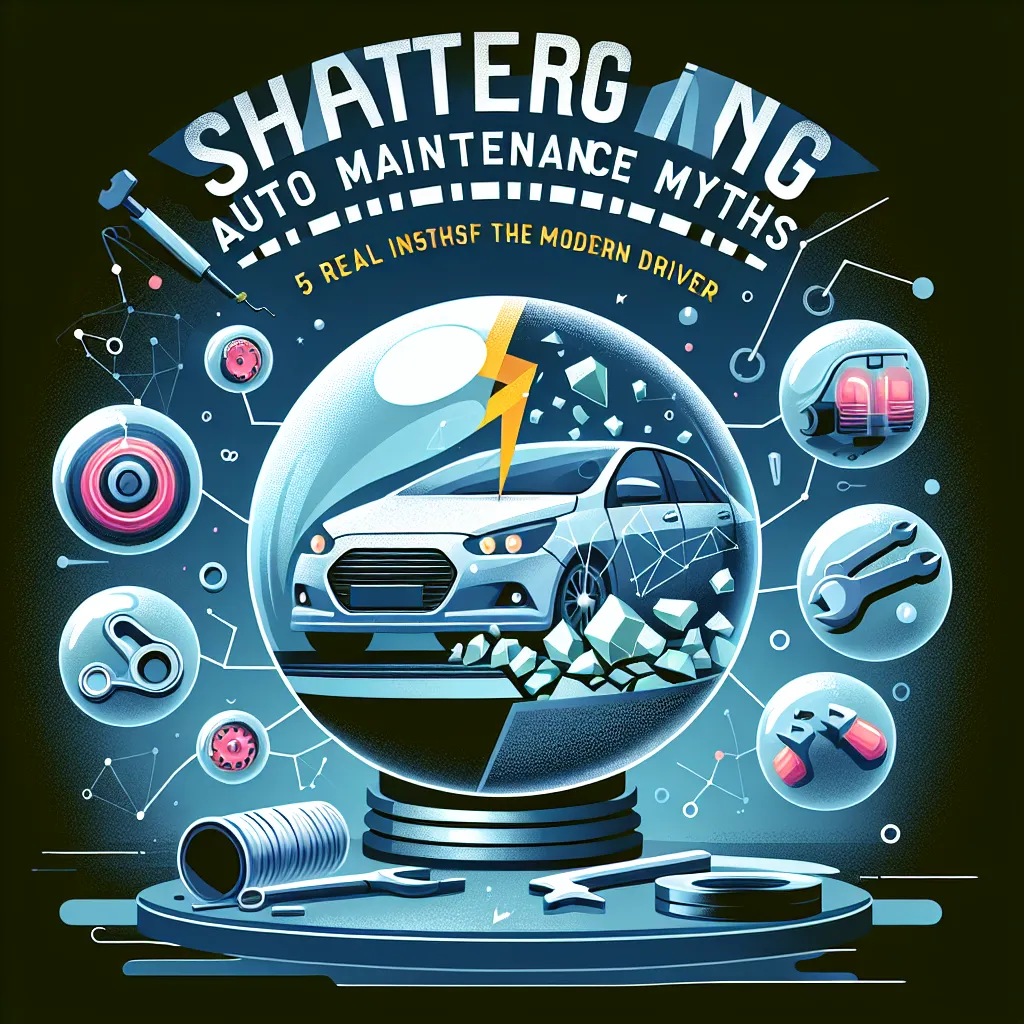The Myth of 'Break-In' Periods
Many believe that new cars need a 'break-in' period where the driver should avoid high speeds and hard braking. This may have been true for older vehicles, but with modern manufacturing techniques and materials, break-in periods are largely unnecessary. However, it's still a good idea to avoid aggressive driving for the first few hundred miles just to be on the safe side.
The Truth About Oil Changes
The old rule of thumb suggests changing your vehicle's oil every 3,000 miles or every three months. However, advancements in engine technology and oil chemistry mean this isn't always necessary. Many modern vehicles can go 5,000 to 7,500 miles between oil changes. Always consult your owner's manual for the manufacturer's recommendation.
The Reality of Premium Fuel
Does premium fuel really boost your car's performance? Not necessarily. Unless your vehicle's manufacturer specifically recommends premium fuel, using it won't improve your car's performance or fuel economy. It's more important to use the right octane level as specified in your vehicle's manual.
The Deception of Dashboard Lights
Dashboard warning lights are important, but they're not always indicative of immediate danger. For example, the check engine light can be triggered by something as minor as a loose gas cap. If a warning light comes on, don't panic. Try to identify the issue, but if you can't, schedule an appointment with your mechanic.
The Misunderstanding of Tire Inflation
Proper tire inflation is crucial for optimal handling and fuel efficiency. However, don't make the mistake of inflating your tires to the pressure listed on the tire itself. This number is the maximum pressure the tire can safely handle, not the recommended operating pressure. Check your owner's manual or the sticker inside the driver's door for the correct pressure.
Conclusion
Maintaining your vehicle doesn't have to be a daunting task filled with mysteries and misconceptions. By understanding the truth behind these common myths, you can ensure that your car stays in top shape for many years to come. Remember, when in doubt, it's always best to consult your owner's manual or a trusted automotive professional.
